The Horseshoe
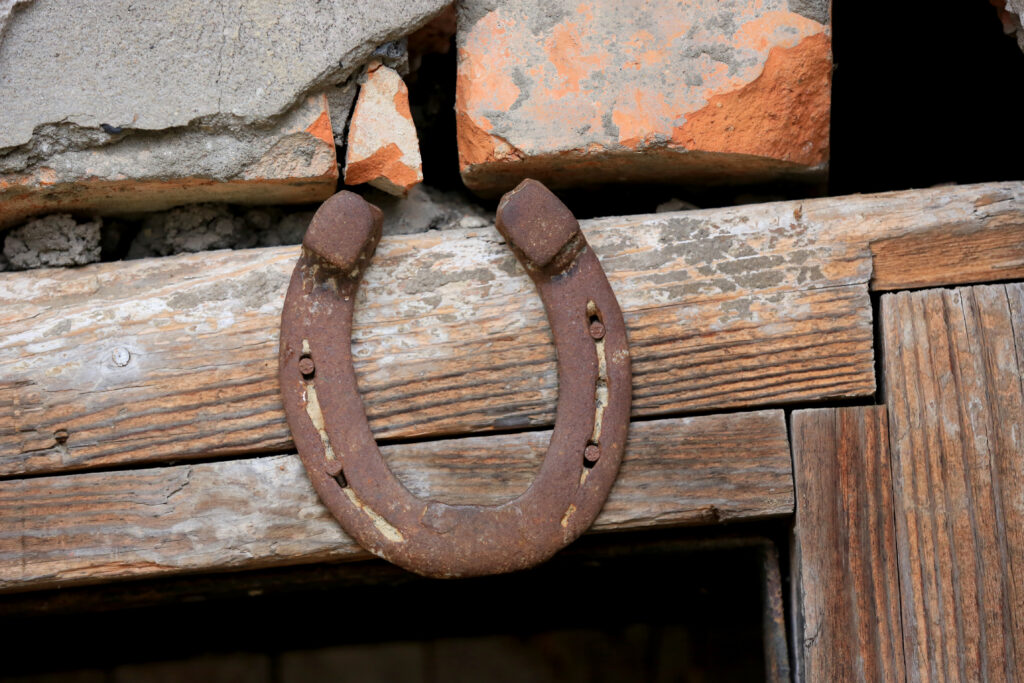
The horseshoe is one of the most recognized symbols of good luck, with origins tracing back to 400 B.C. in ancient Celtic cultures. Legend has it that the iron horseshoe could ward off evil spirits, making it a favored protective charm. Its unique U-shape symbolizes catching good fortune, with the open end facing upward to hold luck in. According to folklore, Saint Dunstan, a skilled blacksmith from the 10th century, famously nailed a horseshoe to the devil’s hoof, ensuring it would bring luck to those who hung it above their doors.
Beyond its historical significance, the horseshoe remains a popular emblem of safety and success. A 2015 survey by the University of California found that 78% of people who displayed horseshoes felt a stronger sense of safety and luck in their lives. Whether it’s a rustic country home or a modern apartment, hanging a horseshoe is often seen as a way to attract positive energy and ward off negativity. So, if you’re looking to invite good fortune into your life, consider hanging one above your doorway!
The Four-Leaf Clover
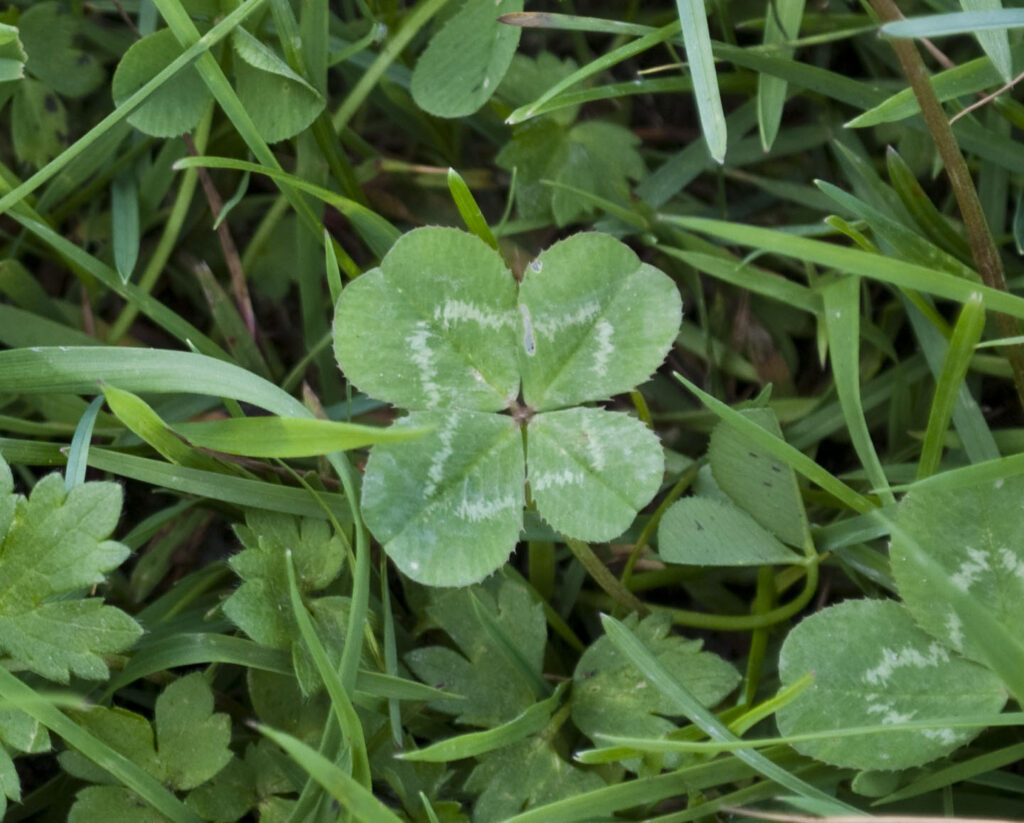
The four-leaf clover is a delightful rarity, each leaf symbolizing faith, hope, love, and luck. Its origin can be traced back to ancient Celtic traditions around 2000 B.C., where they were considered powerful protective charms. Finding a four-leaf clover is quite a feat—estimates suggest that there’s about a 1 in 5,000 to 10,000 chance of discovering one among the more common three-leaf variety! In ancient times, clovers were thought to bring good fortune and protection against evil spirits, making them highly sought after.
During the Irish Great Famine (1845-1852), people clung to the hope that finding a four-leaf clover could grant good fortune amidst adversity. A 2018 study in the Journal of Community Health found that searching for four-leaf clovers not only promotes mindfulness but also boosts mood, making them true symbols of joy. Today, many people carry a four-leaf clover or wear it as jewelry, linking it to personal aspirations and dreams. So, next time you find yourself in a patch of clovers, take a moment to look closely—you might just uncover a little piece of luck!
The Evil Eye
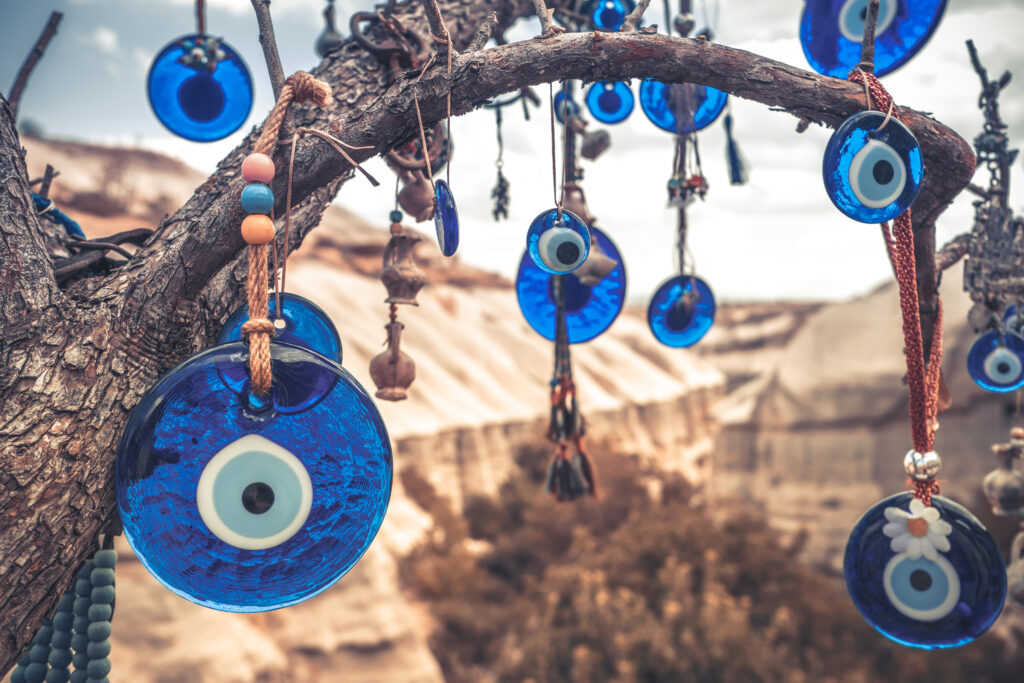
The evil eye has an intriguing history, dating back to 6th century B.C. in ancient Greece, where it was believed that a jealous gaze could bring misfortune. This protective charm is often depicted as a striking blue amulet and is particularly prominent in Mediterranean cultures. Traditionally, the evil eye is thought to shield against malice and envy, serving as a countermeasure against negative energy. This belief is so powerful that it has been embraced by various cultures, including Hindu, Islamic, and Jewish traditions.
As highlighted in a 2023 article from the Times of India, the evil eye reflects the belief that envy can lead to harm, prompting the need for protective symbols to safeguard against it. Additionally, a 2017 study from the Journal of Cross-Cultural Psychology determined that communities prioritizing strong social connections often adopt the evil eye to counteract negative social dynamics. These findings demonstrate that the evil eye not only holds historical significance but also serves as a valuable tool for social cohesion. Displaying an evil eye amulet can serve as a layout of personal boundaries, reminding you to protect your space from negativity!
The Rabbit’s Foot
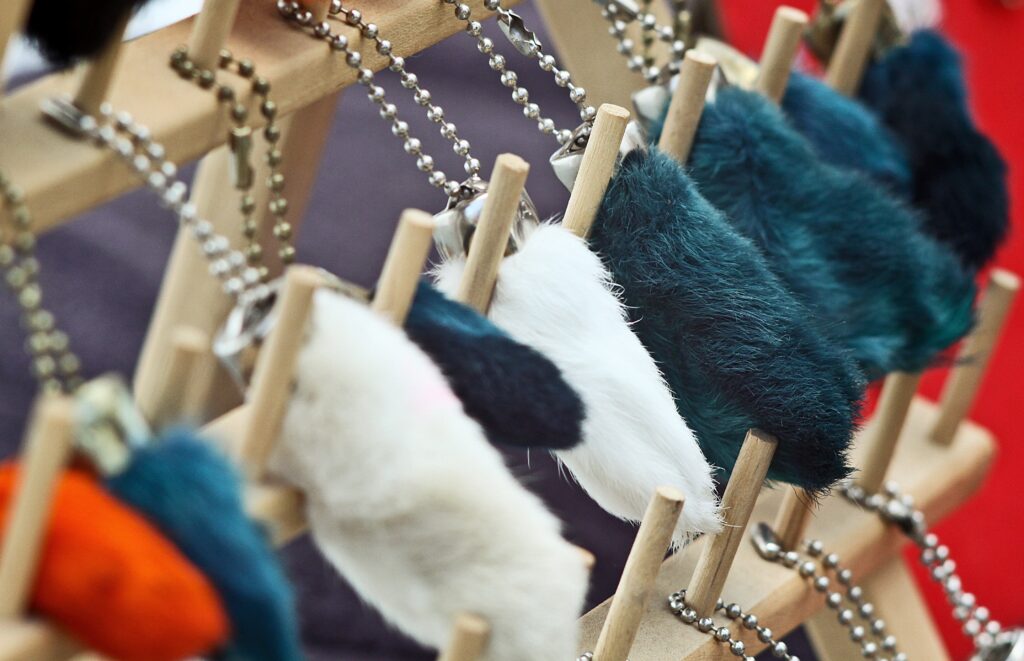
The lucky rabbit’s foot is a quirky charm rooted in both Celtic and African American folklore that has captured the imagination of many over the centuries. Believed to bring good fortune, this charm gained popularity during the 19th century, especially among African Americans in the Southern United States. The belief in the power of the rabbit’s foot surged during the Great Depression, when it became a symbol of hope amidst difficult economic times. People began to carry one as a tangible representation of their quest for luck and improvement in their circumstances.
A 2015 study published in the American Journal of Sociology found that the use of charm-like symbols like the rabbit’s foot can influence social behavior and even decision-making. In a world often filled with uncertainties, many people find comfort in the notion that a simple charm can bring about change. As such, the lucky rabbit’s foot continues to be a popular talisman, reminding us that sometimes, a little bit of faith in a charm can bolster our confidence as we navigate life’s challenges!
The Dreamcatcher

The dreamcatcher is a stunning symbol of protection that originates from the Ojibwa (Chippewa) people of North America, dating back to the 18th century. Traditionally, it is crafted with a woven net or web and is believed to filter out bad dreams while allowing good ones to pass through the webbing. The dreamcatcher’s circular shape represents the circle of life, promoting harmony and unity. When hung above a sleeping area, it serves as a safeguard against nightmares, ensuring a peaceful night’s sleep.
In the 1960s, dreamcatchers gained widespread popularity as part of a cultural revival among Native American tribes and were embraced by many outside Indigenous communities. A 2017 study in the Journal of American Folklore explored how dreamcatchers serve not only as protective symbols but also as tools for promoting cultural identity and healing. Today, dreamcatchers can be found in various forms, from artistic home decor to fashionable accessories, making them a beautiful way to connect with heritage and offer comfort. So, if you find yourself troubled by restless nights, consider a dreamcatcher to inspire sweet dreams!
The Maneki Neko

The Maneki Neko, or “beckoning cat,” is a charming figure that hails from Japan, with origins in the Edo period (1603-1868). It’s said to attract wealth and prosperity, inspired by the story of a stray cat that brought a traveler luck by raising its paw. Typically depicted with one paw raised in greeting, the Maneki Neko has become an essential figure in many businesses in Japan and beyond, symbolizing a welcome gesture to draw in customers and success.
In contemporary culture, the Maneki Neko has become globally recognized and is often found in homes and shops alike. A delightful 2022 study published in the Journal of Consumer Research discovered that shops featuring the Maneki Neko experienced significant increases in customer spending, showcasing its undeniable influence as a good luck charm. Its charm extends beyond mere economics; many believe that its presence fosters a positive atmosphere, creating an inviting space for patrons. So next time you see one, remember—it might just be your friendly spur toward good fortune!
The Lucky Coin

Coins have long been associated with luck, dating back to 200 B.C. when the Romans tossed coins into fountains while making wishes. These coins often took on symbolic meanings, representing hopes and aspirations. Specific coins, such as the ancient Greek drachma or the Chinese yuan, have held cultural significance, especially during the Lunar New Year, when shiny coins are gifted for prosperity and good fortune in the coming year.
A 2019 study from the Economic Research Institute revealed that individuals carrying “lucky coins” reported a 30% increase in positive financial outcomes. This illustrates how the belief in luck can significantly influence financial behavior and decision-making. Today, many people still carry coins from special places or occasions, believing that these tokens can bring them good luck in financial matters. So the next time you reach into your pocket, consider that little bit of metal may just hold the potential for prosperity!
The Acorn
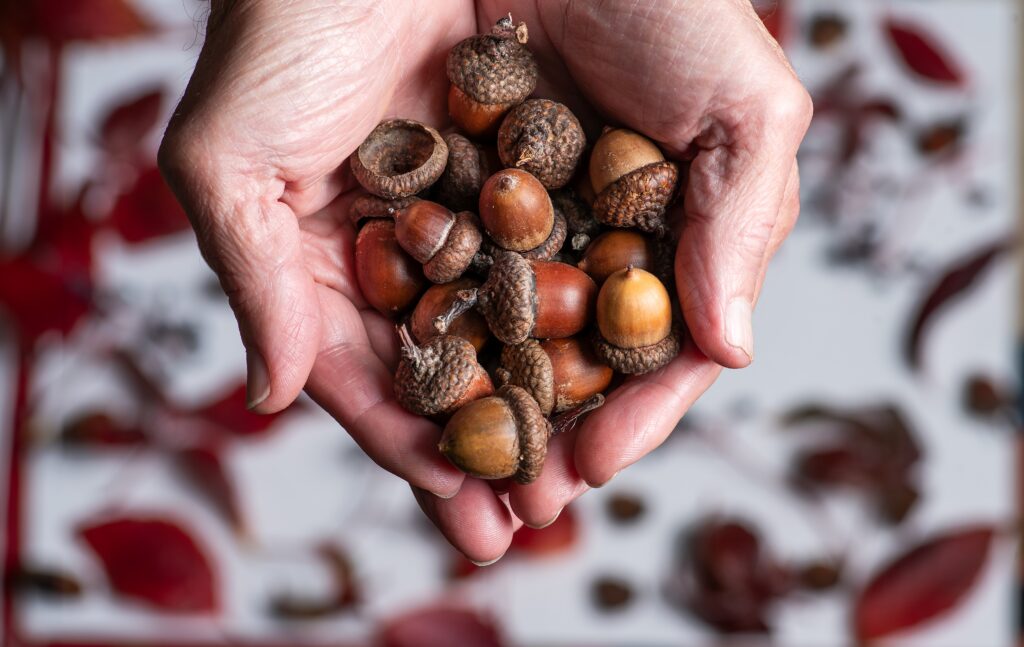
Though often overlooked, the acorn is a potent symbol of potential and growth. Revered in ancient cultures like the Celts and the Norse, the acorn is associated with strength and resilience, representing the idea that great things can grow from small beginnings. This symbolism held significant power, suggesting that every mighty oak tree starts as an unassuming acorn. Many ancient traditions viewed acorns as tokens of prosperity, indicating a fruitful future.
Its significance grew during the Victorian era (1837-1901) when it became a popular lucky charm. A 2018 study in the Journal of Environmental Psychology found that embracing nature-based symbols like acorns can positively impact mental well-being, reminding us that the smallest beginnings can lead to great achievements. Today, you might find acorns crafted into jewelry or home decor, celebrating the beauty of potential and the magic of growth. So when you encounter an acorn, remember it’s a powerful reminder—that within each small start lies the possibility for greatness!
So, as you navigate life’s ups and downs, consider surrounding yourself with these intriguing symbols! Whether it’s hanging a horseshoe by your door or cherishing a four-leaf clover you found in the grass, these tokens of good fortune serve as reminders of hope, resilience, and the blessings that await you. Who knows? The luck you invite into your life could lead you to unexpected blessings just around the corner!


